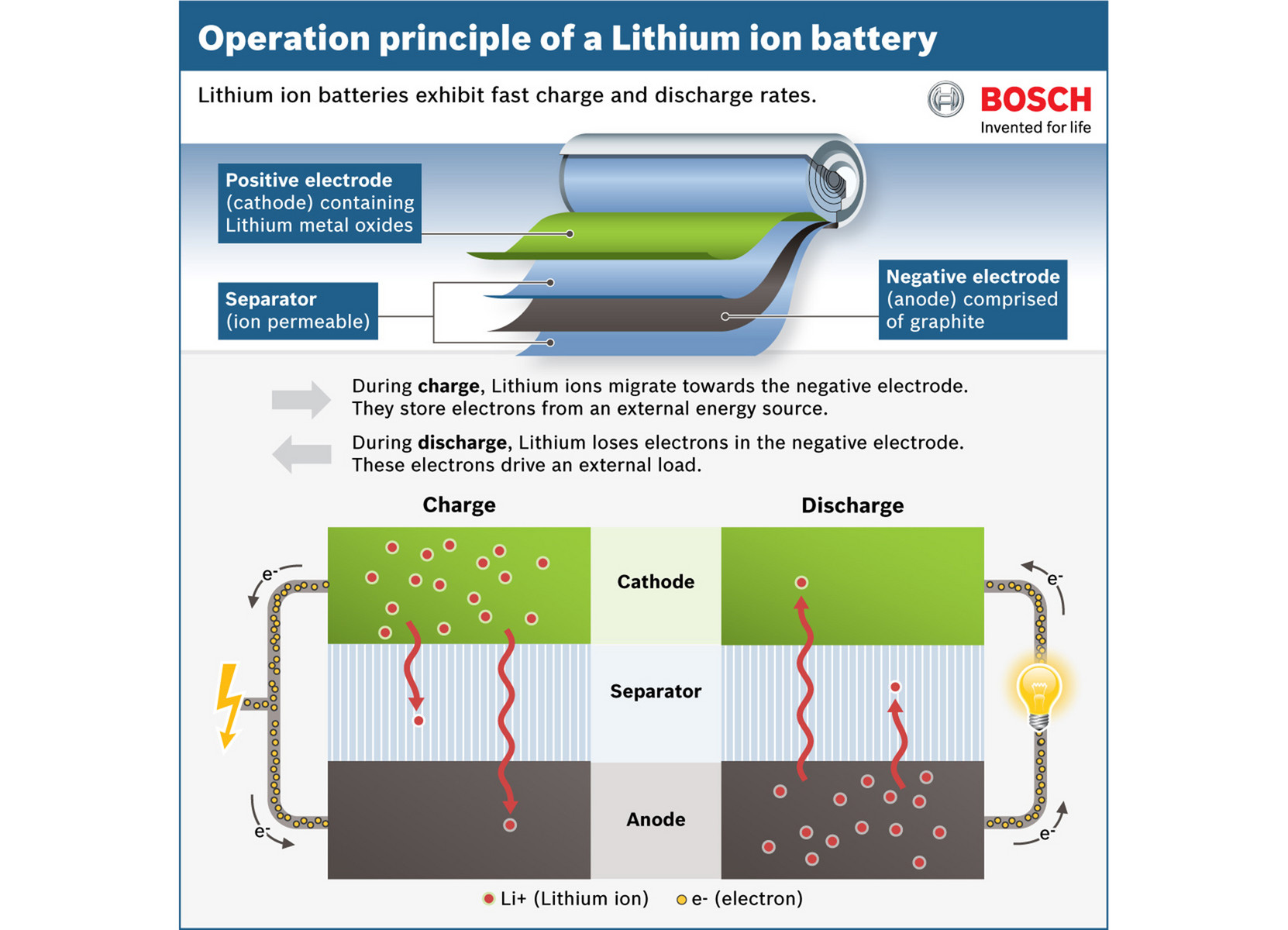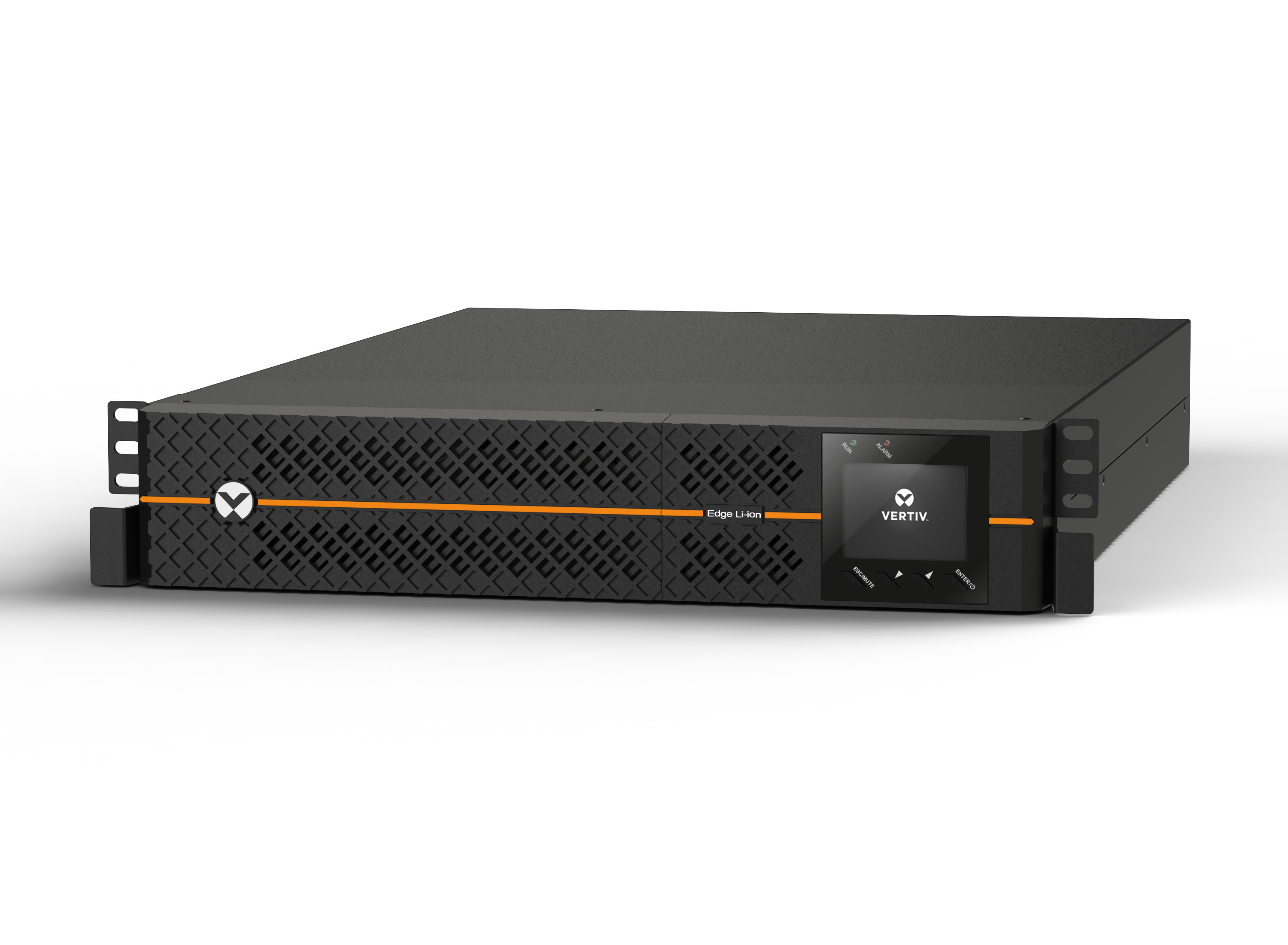
In this research article, an analog BMS is presented for the protection of nickel manganese cobalt oxide‐chemistry‐based single‐cell Li‐ion battery. The important function of the BMS is to monitor and protect the Li‐ion battery cells and packs from fault conditions, in order to maximize their lifecycle and increase safety features. Because of their cell and pack level protection, Li‐ion battery requires a battery management system (BMS). The Li‐ion battery is an energy storage system in consumer and industrial applications. A direct correlation between the mechanical stress and the SEI evolution is still under debate. The study of the mechanical stresses at particle level might also provide significant insight to understand and limit the swelling at electrode level. Various approaches used in this work could easily be applied to develop other Si-C composite or anode formulation with limited swelling, to optimize cell design and the integration of this new generation of cells which will finally promote higher energy density of Li-ion battery. In another hand, faster degradation of LCO cells originates from a more significant thickening of both the CEI and SEI. The better capacity retention in NMC811 cells was found to be related to a lower amount of SEI formed upon cycling. At the cathode side, an increase of the charge transfer was observed for all cells correlated to CEI thickening upon cycling.

A continuous growth of the SEI has been highlighted at the anode side, trapping lithium ion but without charge transfer increase. For all type of cells, the same fading mechanism occurs. Post-mortem analyses of positive and negative electrodes harvested from pouch cells were carried out by combining Electrochemical Impedance Spectroscopy (EIS), X-ray Photoelectron Spectroscopy (XPS), Time of Flight Secondary-Ion Mass Spectrometry (Tof-SIMS) and Inductively Coupled Plasma (ICP) mass spectroscopy. NMC811 contributes firstly to minimize the maximum swelling in contrary to LCO. Then three cathode materials were compared (NMC622, NMC811 and LCO) leading to a better capacity retention with NMC811 and then NMC622. Combining these unique experimental techniques and the modelling of Si-C/G active material swelling in function of the SOC we were able to provide insights in porosity changes of anodes for the two cell formats. For bi-layer pouch cells, operando swelling was measured using an in-house high precision (< 0.1μm) compression set-up with simultaneous pressure and thickness recording as well as dynamic pressure regulation system. In case of cylindrical 18650 cells, strain gauges confirmed the rigidity of the casing and measured a maximum pressure of 4.3 MPa in addition, internal cell components thickness change was captured at 8 different states of charge (SOC) during a cycle by in situ 3D imaging with X-Ray micro computed-tomography (voxel size 1.6μm) combined with a specific image treatment. Thus, this study aims at understanding the role of mechanical constraints and nature of the positive electrode on the capacity retention of a high performance silicon carbon graphite composite electrode (Si-C/G) in a Li-ion cell. Recent studies showed the occurrence of a SEI-CEI crosstalk influenced by the nature of the positive electrode. Additionally, interphases formed at the surface of the electrodes during the first cycle (SEI and CEI) play an essential role in the operation and ageing of the cell.

Indeed, silicon lithiation induces a high material expansion, which leads to significant swelling and mechanical stresses at the anode and cell level.
Lithium ion battery overview full#
The rise of silicon and nickel manganese cobalt layered oxides (NMC) as new negative and positive electrode materials for Li-ion batteries appear the question of their integration in full cells.


 0 kommentar(er)
0 kommentar(er)
